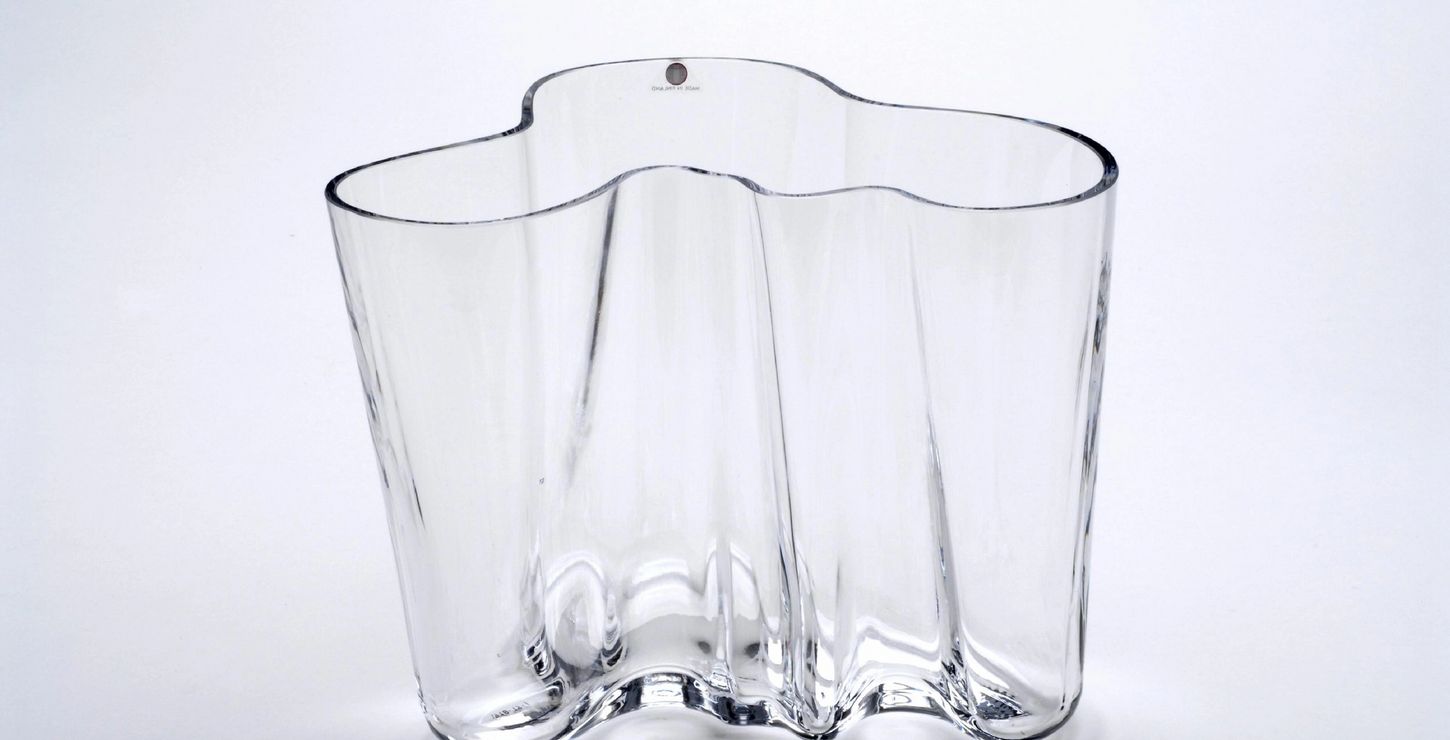Main Building
The modern movement in design began before the First World War when writers and architects, especially in Germany and Austria, reacted against the revival styles of the nineteenth century and what they saw as the decorative excesses of Art Nouveau; they condemned superfluous ornament and sought instead "uncompromising logic in the use of materials, proud and frank exhibition of working process." Improving designs for mass production to achieve widely affordable products of high quality was the intent of Walter Gropius in 1919 in reorganizing the Weimar art schools, which became internationally famous as the Staatliches Bauhaus. His program trained craftsmen to create prototypes for industry and to develop standardized products. The Bauhaus faculty, including Gropius and his successor Mies van der Rohe, developed the new "industrial" style -- spare, clean, devoid of ornament, and expressed in pure, classical, geometric forms. This new aesthetic was conceived to express the qualities of industrial materials, to reveal rather than to disguise the process by which objects were formed. Mies's cantilevered chair of 1927 (Philadelphia Museum of Art, 1978-116-1) is a classic statement of the Bauhaus aesthetic. Utilizing the "spring quality" of tubular steel, the elegant chair is composed of the dynamic lines of a continuous frame, eliminating the need for conventional legs. The thin, floating planes of its back and seat recall the revolutionary plans for skyscrapers that Mies conceived as early as 1919-20 in which floors are cantilevered from a central core with the whole wrapped in a curtain of glass. The ideas put into practice at the Bauhaus and elsewhere in Europe have continued to influence the training of industrial designers and the production of objects from furniture to the smallest articles of everyday use, such as the cylindrical steel bar set (Philadelphia Museum of Art, 1977-249-1a--f) designed in 1969. Inspired by the Bauhaus but drawing as well on his native Finnish traditions of building in wood, the architect Alvar Aalto began in 1929 to experiment with continuous curving surfaces of bent plywood to form the seats and backs of chairs. The undulating form characteristic of these chairs appears again in his technically simple cast glass vase (Philadelphia Museum of Art, 1978-79-1). After the Second World War, new materials and processes were developed, and there was a relaxation of the aggressive precision and rational purity of the "machine" style. The whimsical, undulating form of French designer Olivier Mourgue's double-arm sofa (Philadelphia Museum of Art, 1978-39-1) conceals, surprisingly, its structural framework of tubular steel beneath a layer of soft foam and stretch fabric (a method of upholstery derived in part from developments in the automobile industry). The lounge chair (Philadelphia Museum of Art, 1978-21-1a) by Italian designers Tobia and Afra Scarpa is a kind of soft sculpture, its boneless shape representing a new species of furniture designed to sit directly on the floor. The "Taccia" lamp (Philadelphia Museum of Art, 1977-199-1), a self-illuminated sculpture, is composed of geometric forms, but its classical fluted column, translated into aluminum, behaves in a very unclassical way, supporting nothing more weighty than a parabolic glass bowl. Anticlassical tendencies have also prevailed in the crafts movement, particularly under the influence of Japanese ceramics. The English artist-potter Lucie Rie seeks subtly modulated contours to produce asymmetrical organic forms (Philadelphia Museum of Art, 1975-46-6) and pursues carefully controlled "accidental" effects of glaze, as in the bowl (Philadelphia Museum of Art, 1975-46-5) where she plays off the rich texture of the interior glaze against a precise geometric shape. In experimenting with weaving processes, the handweaver and industrial designer Jack Larsen has also revived ancient techniques of non-Western cultures. In the "Afghan" collection (Philadelphia Museum of Art, 1976-51-1;2a,b;3;4a;8c;9b), he captures the primitive energy of traditional Afghan art to invigorate his own designs. While craftsmen and industrial designers often express different concerns, they share an understanding of the nature of materials and the limitations and capabilities of available techniques. The diversity of forms created by hand and by machine enrich the Museum's collections of the decorative arts of this century.
